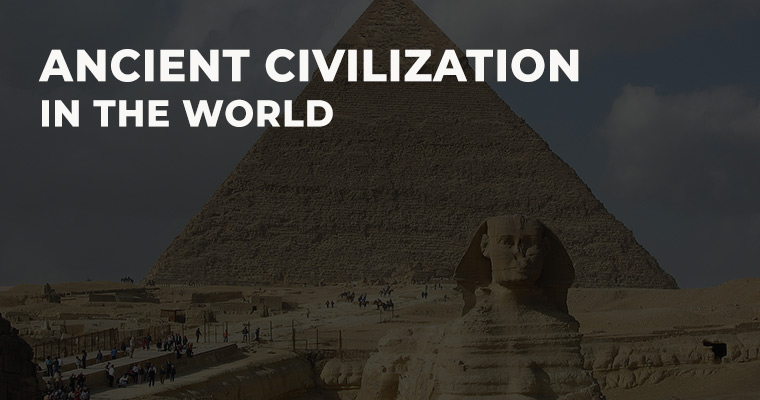The concept of living in a group with mutual understanding and dependence evolved throughout human evolution to become a very practical way of life at some point. Communities developed from such tiny, isolated groupings. Then societies began to emerge, eventually developing into a civilisation. A significant discussion on how human psychology and mentality contributed to this profound transition, is still a hot topic among historians and anthropologists.
Let’s discuss some of the oldest civilizations that have ever existed for the time being. We’re talking about civilizations that actually existed, as opposed to those that are cloaked in legend and myth (like the Atlantis, Lemuria, and Rama civilizations, to name a few).Going to the birthplace of civilisation becomes required in order to track the ancient civilizations’ development across time. Here is a list of the 10 ancient civilizations in human history, starting with the most recent.
10. Incan Civilization
| Period | 1438 AD–1532 AD |
| Location | Ecuador, Peru, and Chile |
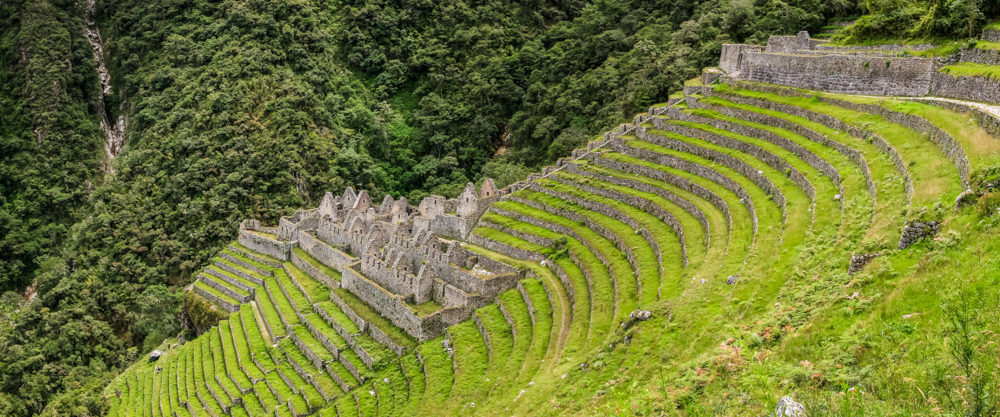
Before the arrival of the Spanish, the largest empire was the Incan Empire in South America. This civilization thrived throughout the present-day nations of Ecuador, Peru, and Chile, with Cusco, Peru, serving as its political, military, and administrative capital.
The Incan civilization was a thriving community that had a long history. The Incas were ardent worshippers of the sun god Inti, and their sovereign was known as “Sapa Inca,” which translates to “child of the sun.”
The capital was once a small village, expanded into a large city with a puma-shaped layout by the first Incan ruler, Pachacuti. He kept advancing the practice of ancestor worship.
The king’s son would inherit all the power after his death, but his money would be divided among his other kin, who in exchange would look after his mummy and keep him in power.
The Incas became outstanding builders and built fortifications and landmarks like Machu Picchu and the city of Cusco, which are still standing.
9. Aztech Civilization
| Period | 1345 AD–1521 AD |
| Location | Mexico |
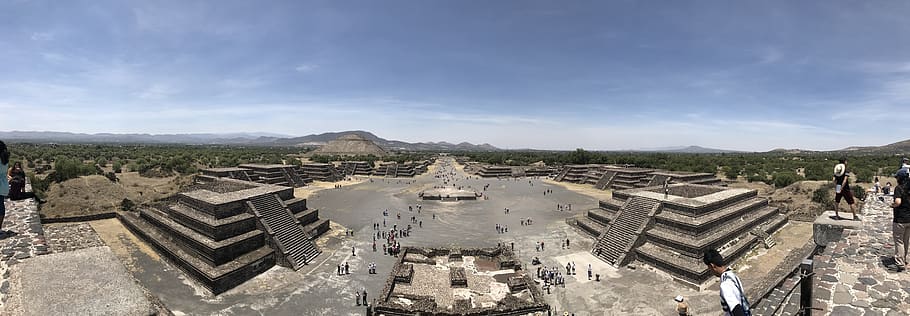
These adversaries allied in about 1325, and the new state eventually dominated the Valley of Mexico. The term “Mexica” was more popular back then with the Aztecs. The Mayans, another significant civilization in Mexico and Central America, fell within a century of the advent of the Aztecs.
The Aztec monarch did not directly administer every city or province, but Tenochtitlan served as the military power base and a spearhead for the conquest of new land. Local governments continued to exist and were compelled to provide the Triple Alliance with various sums of tribute. The Aztec civilization was undoubtedly at its pinnacle of dominance in the early 1500s.
But after that, the Spanish came. Their presence resulted in a significant conflict in 1521 between the Incas, the Spanish conquistadors, and the native allies they had gathered under the command of the renowned (or rather infamous) Hernan Cortes. The once-famous Aztec Empire eventually fell because of a defeat in this pivotal conflict.
8. Roman Civilization
| Period | 550 BC–465 AD |
| Location | Rome |
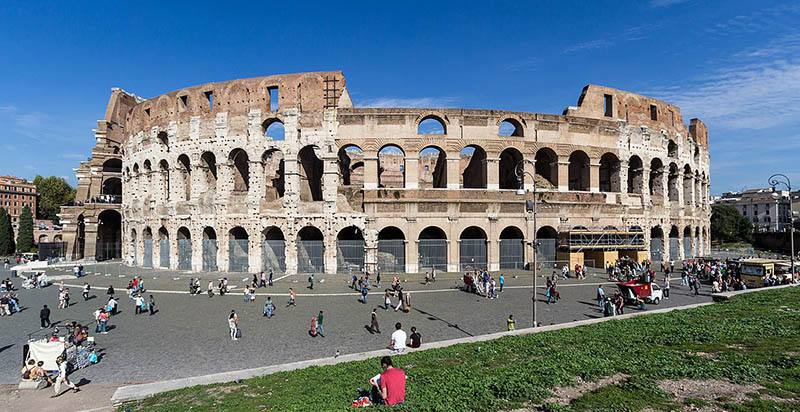
Around the sixth century BC, the Roman Civilization emerged. Even the myths and legends surrounding the founding of ancient Rome are part of the mythology. At the height of their supremacy, the Romans controlled the largest area of land. Kings ruled early Rome, but after just seven of them had served in that capacity, the Romans took back control of their city and ruled it themselves.
But eventually, the Roman Empire grew so large that it was simply impossible to subjugate it to a single authority. Ultimately, countless numbers of barbarians from northern and eastern Europe overran the Roman Empire.
7. Persian Civilization
| Period | 550 BC–331 BC |
| Location | Modern-day Iran |
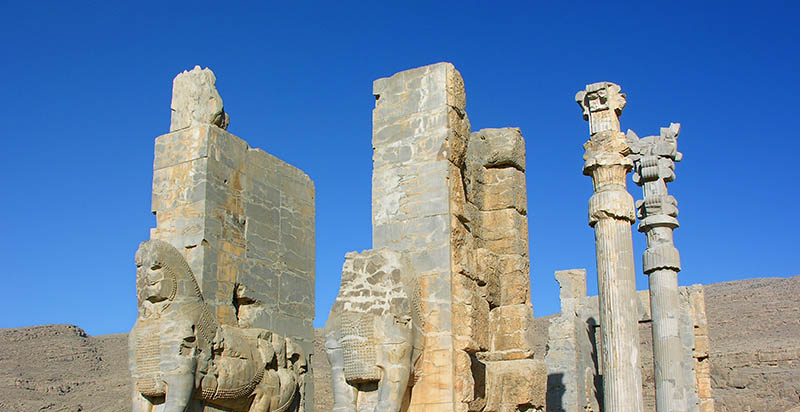
Ancient Persian culture once spanned more than 2 million square kilometres, making it the largest empire in history. The Persian Empire had military power and wise rulers from southern Egypt through parts of Greece and then east to parts of India.
However, King Cyrus II, who subsequently rose to prominence as Cyrus the Great, took over and brought about the unification of the entire Persian Kingdom. But all changed in 530 BC, when Alexander the Great, a great Macedonian warrior, brought the entire Persian Empire to its knees and essentially destroyed civilization.
6. Greek Civilization
| Period | 2700 BC–479 BC |
| Location | Greece |

Despite not being among the world’s oldest civilizations, ancient Greece still left its mark on architecture. There is evidence of tombs dating back to roughly 7250 BC in the Franchthi Cave near Argolid, Greece. But the Cycladic and Minoan civilizations (2700 BC-150 BC) are generally considered as being responsible for the birth of ancient Greece.
Several ancient Greeks also arrived during these times. The concept of democracy, the ancient Olympics, and the senate were all developed by the Greeks. They laid the foundation for contemporary biology, physics, geometry, and other fields. Alexander the Great, Pythagoras, Archimedes, Socrates, Euclid, and others.
5. Chinese Civilization
| Period | 1600 BC–1046 BC |
| Location | China |
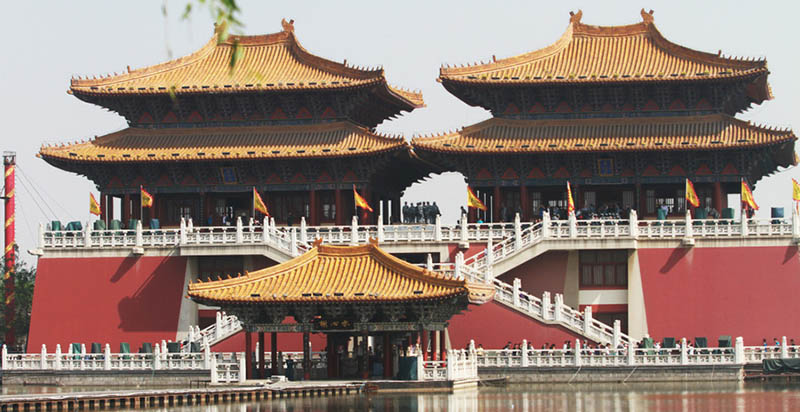
The early Chinese dynasties were based on the Yellow River culture, which is regarded as the birthplace of the entire Chinese civilization. Around 2700 BC, the legendary Yellow Emperor began his rule, a point in time that later led to the birth of many dynasties that ruled mainland China.
4. Mayan Civilization
| Period | 2600 BC–900 AD |
| Location | Mexico, Guatemala, Belize, El Salvador, and Honduras |
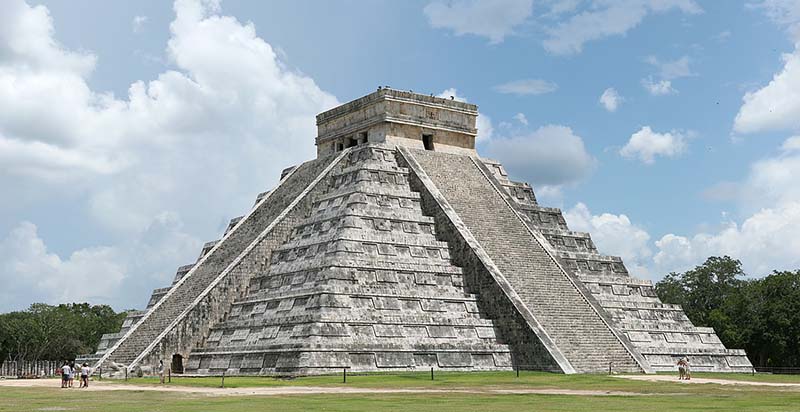
By 700 BC, the Mayans had already devised their way of writing, which they used to create their solar calendars carved in the stones. The ancient Mayan civilization started in Central America in about 2600 BC. The most sophisticated civilization, with a booming population of about 19 million at its peak. They believe that the world was formed on August 11, 3114 BC, the start date of their calendar. And the supposed end was on December 21, 2012.
In comparison to many modern civilizations, the ancient Mayans had a larger cultural heritage. The Mayans and Aztecs both built pyramids, many of which are larger than in Egypt.
3. Ancient Egypt Civilization
| Period | 3150 BC–30 BC |
| Location | Egypt |
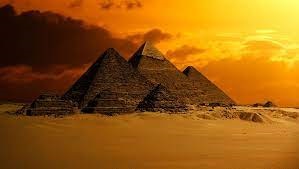
Ancient Egypt is one of the oldest and most culturally advanced civilizations on this list. The majestic ancient Egyptian civilization flourished along the banks of the Nile and had an illustrious culture, enduring pyramids, and the Sphinx.
According to traditional Egyptian chronology, the civilization took shape approximately 3150 BC, following the political unification of Upper and Lower Egypt under the first pharaoh. However, this was only workable if they had previously settled the Nile Valley in early 3500 BC.
Ancient Egypt’s history can be broken down into three stable kingdoms—the Old Kingdom of the Early Bronze Age, the Middle Kingdom of the Middle Bronze Age, and the New Kingdom of the Late Bronze Age—each separated by brief intervals of relative instability known as “intermediate periods.”
The pyramids, the mummies that still preserve the old pharaohs, hieroglyphic writing, and many other things came from ancient Egypt. When pharaohs like Ramesses the Great ruled with such sway that another modern culture, the Nubians, also came under Egyptian power, ancient Egypt was at its height.
2. Indus Valley Civilization
| Period | 3300 BC–1900 BC |
| Location | Northeast Afghanistan to Pakistan and Northwest India |
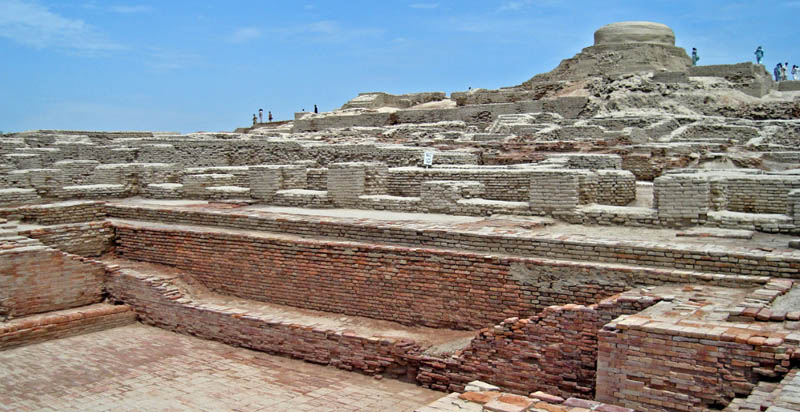
The Indus valley civilization, one of the earliest civilizations on this list, was the birthplace of all later civilizations that developed in the Indus valley region. Entire population settled along the basins of the Indus River, one of Asia’s great rivers. The Indus Valley Civilization was the first urban centre in the area, with a complex and technologically advanced urban civilization. The Indus Civilization was able to measure length, mass, and time with incredible precision.
1. Mesopotamia Civilization
| Period | 3500 BC–500 BC |
| Location | Iraq, Syria, and Turkey |
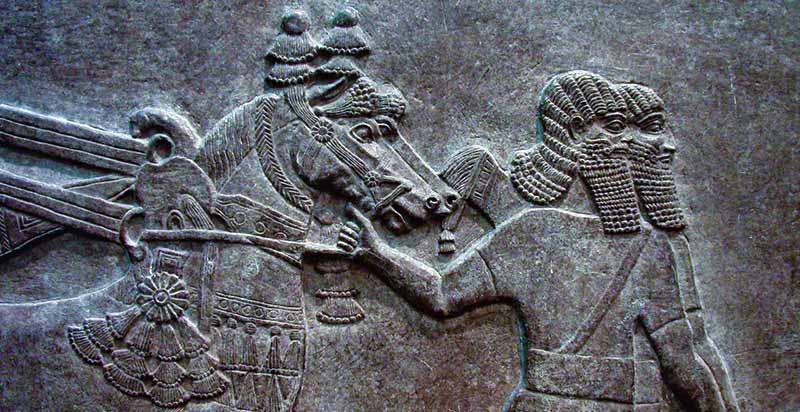
Around 8000 BC, people discovered the idea of agriculture and gradually began to domesticate animals for food and to help with farming. Before all of that, people had already been making art. However, all of this belonged to human culture rather than a human civilization.
Most historians agree that Mesopotamia is where civilised communities first started to emerge. As the Mesopotamians rose, they got better expanded, and established each of these institutions, resulting in the birth of the first civilization.
Conclusion
The first civilizations have had a significant influence on modern culture and civilization. Each civilization on this list made many contributions, including discoveries, concepts, civilizations, philosophies, methods of living, etc. By all means, what we have become is a product of all previous civilizations, from the very beginning of civilization to the present.
